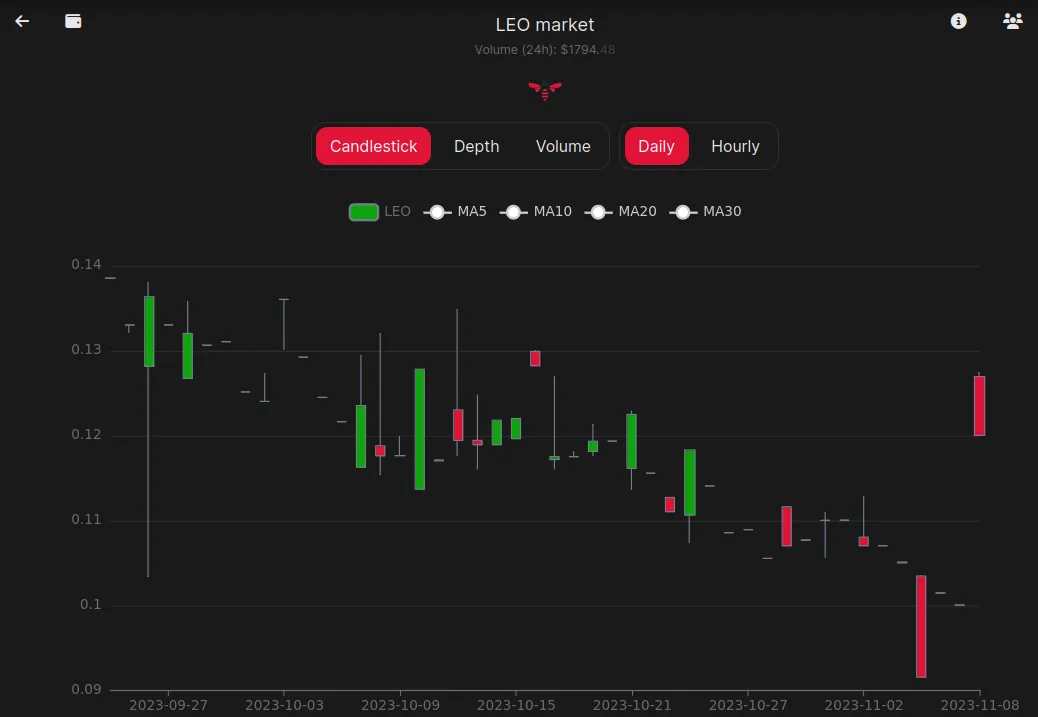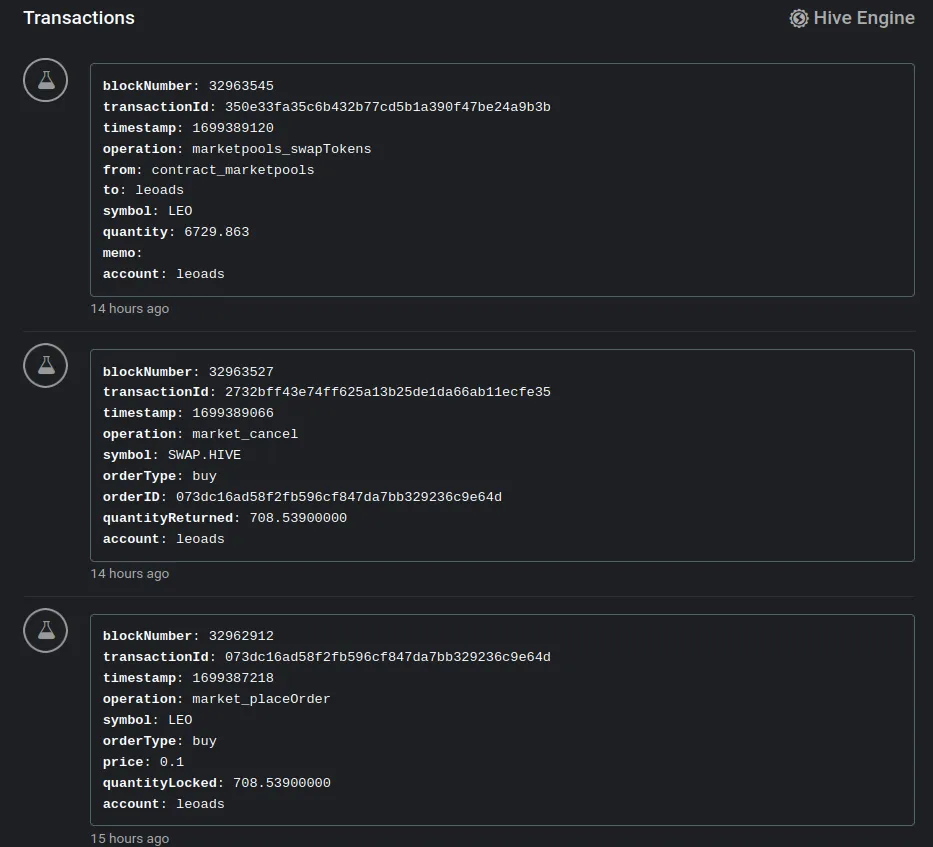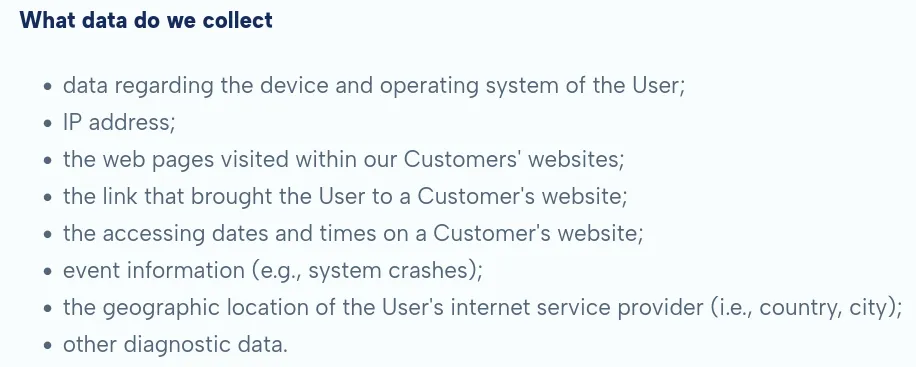Check this out:

That is the price of LEO in SWAP.HIVE. And, as we know, HIVE kept going up. So, what happened in the last 24 hours? Why the LEO price jump?
This is what happened:


@leoads made its first round of LEO purchases with the new LeoAds smart contract. You can follow its transactions on Hive and Hive-Engine, like I did.
This is what it purchased this week, and - from my understanding from reading the announcement post -, it will make weekly purchases, at random times.
So, the LeoAds smart contract bought almost 6,730 LEO from the internal market, but could have purchased it from BSC, Polygon, or Ethereum, if the price was better there.
Note that the daily rewards on INLEO are 6,000 LEO, and there are already two other regular buying mechanisms for liquid LEO, besides the LeoAds contract:
- rewards for leo.voter HP delegators, which increase the lower the price of LEO in HIVE is, so there is a higher buying pressure the lower LEO gets
- purchases with Premium subscriptions funds (note: LEO could be used to swap to HBD for the premium subscriptions, which would create selling pressure)
But let's go back to LeoAds.
How Are LeoAds Funds Distributed?
There are two pools where these purchased LEO rewards go to:
- to LEO stakeholders
- to evergreen content authors
The announcement post hasn't made a breakdown of these rewards in the two pools (how much goes to each pool). I think that's a good idea because they shouldn't commit to a certain percentage in each pool before the system is tested for some time in production and numbers can be fine tuned.
What is clear is that rewards to LEO stakeholders will be proportional to the stake. Basically, the LEO bought for this pool will be distributed as LEO Power and anyone who has enough LP to receive the minimum amount of LP will probably receive it. No minimum (or maximum) threshold was mentioned.
How about the evergreen content rewards? They will be distributed to all content creators who published on INLEO and will have a minimum number of views per post per 30-day intervals since the post was published.
The threshold for the number of views a post needs to be rewarded as evergreen content hasn't been disclosed yet, but the Leo team said a post specifically about evergreen rewards will follow shortly.
They also shared the vision that they want the best paid evergreen authors to have comparable rewards monthly from evergreen as the best paid authors for the reward pool on Hive.
What Else Should We Expect?
I have to say, listening to what Khal said over time and reading their posts, I didn't expect to see both rewards for LEO stakeholders and evergreen rewards going out at the same time. But who doesn't like good surprises? Probably someone who doesn't like surprises at all. But what is life without any surprise...?
Something else they announced was that we should expect the UI update somewhere next week, after LeoAds contract buys another tranche of LEO. Then we should see LeoAds on the wallet page. Does that mean we would have the first payment to stakeholders by then? We will see, I don't know.
On Increasing LeoAds Revenue
Who doesn't want higher payments? That can happen two ways:
- we stake more LEO or have more evergreen content
- the LeoAds revenue grows
We certainly have the main say on the first point.
Another way to grow the payments for everyone is to share a bigger pie.
Well... yes and no on the second point.
LeoAds revenue comes in two forms:
- ad views (otherwise known as impressions)
- ad clicks
Increasing the ad views and clicks can happen in two ways:
- much higher activity from the same group of people
- a growing user base of (relatively) active people on the platform
I believe we all understand the better option is the second one. That doesn't necessarily mean higher payments for everyone, since the pie gets shared by more people, but for the health and growth of the platform that is better.
I am not familiar with CoinZilla and how they operate, but I know and understand advertising. All ad distribution platforms have protection mechanisms for their advertisers, or they go out of business.
After checking, I see they do collect this information from users of INLEO:

That's is standard operation for an ad distribution platform, more or less. But that explains why so many times we see the placeholder ads instead of real ads. There are not enough users to rotate the existing campaigns to, and, after a number of impressions, they won't show you the same ad again, no matter how much time you spend on the platform. Or at least not for some time. Of course, if they had more ad campaigns to show on INLEO, that would help the general turnout for us.
Regarding clicks, you might know that serious advertisers track everything and know how much you spent on their site and what pages you clicked and even entire flow of actions. They can spot, if they check (they most likely have automated systems for that), a fake click. Not allowing tracking doesn't work because then the click isn't counted.
Inflating views and clicks is risky. Conversely, organic growth of the user base and advertising stats, and an in-house ad platform would likely grow advertising revenue by growing the cost of advertising and more serious advertisers getting involved. But that seems like a long term plan.